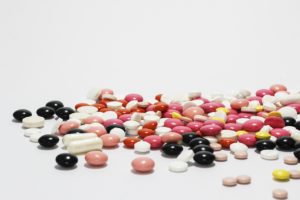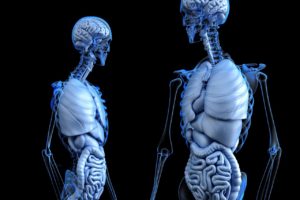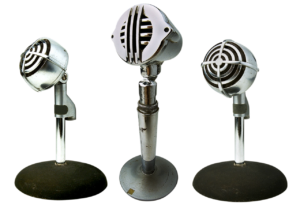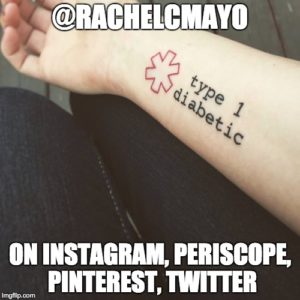
Allergy vs Intolerance
Medication allergies, especially the dangerous, life-threatening kind, affect your entire body, multiple organ systems, and put you at serious risk of death. They also require immediate medical attention.
Symptoms include:
- Serious swelling
- Not being able to breathe or swallow
- Significant speeding or slowing of your heart rate or breathing
- Blood leaking out of blood vessels into other regions of your body
Intolerances are usually related to regular side effects of the medications, but are so bad that you can’t tolerate it. At no time should you be asked to keep taking something that makes you feel worse than death. And in most cases, avoid it at all costs. Other times, the discomfort can be short-lived or fixed by altering how the medication is used.
My main point is: intolerances to medication side effects are not true allergies (even though a lot of people will group them together when giving a medical history to a doctor or pharmacy).
Nausea
Nausea is a side effect of almost everything that you swallow. It’s too vague and nondescript to be an allergy. It is usually due to the increase in acid production by the stomach when it is trying to break down and dissolve the medication.
Nausea can be caused by:
- Pain medications (narcotics)
- Antibiotics
- Any large, powdery elephant-sized tablet
- Multivitamins
Nausea is a potential side effect of almost everything that you swallow. It’s too vague and nondescript to be an allergy. It is usually due to the increase in acid production by the stomach when it is trying to break down and dissolve the medication.
The main way to avoid nausea is to take the medication with food – and in some cases, a decent amount of food.
Some widespread advice is to take medications with milk because milk is a base to counteract the stomach acid. Unfortunately, the calcium in milk and cause certain antibiotics to not work. Also, some medications require acid to be activated, so making the stomach less acidic, reduces their effectiveness.
A Positive Side of Nausea?
Certain injectable medications for Type 2 Diabetes have a main side effect of nausea or indigestion. With these medications, the patients are encouraged to keep taking them. The logic behind this is that in most cases, someone with Type 2 Diabetes will be overweight. And they may have been resistant to the lifestyle changes (i.e. diet and exercise) that would help improve their weight, thus also improving the diabetes outcomes. So, if they take a medication that causes nausea thus reducing their appetite, it helps them limit their food intake, and the final results will most likely be weight loss. This is really what the manufacturers think!
Diarrhea
Diarrhea can be caused by:
- Antibiotics: They kill the bad bacteria that are making you sick, but also your good bacteria.
- Take probiotics or eat live culture yogurt (the more diverse the better)
- Certain cholesterol medications: Particularly, the ones that help trap up the fat in your intestines so it’s not absorbed and add it to your waste that is about to exit. Fat is an oil. Oil is slippery. Poo that is slippery…you get the idea.
- The less fat you eat, the less slippery things will be.
- Metformin: It causes diarrhea in the beginning while the body is adjusting to it. Diarrhea lasting a month sounds like forever, but is really not compared to the amount of time (aka the rest of your life) that someone may have to take this medication for Type 2 Diabetes.
- The best way to control this is to start this medication low and slow.
The best way to counteract long-term diarrhea issues from medications is to use bulking fiber. They help absorb extra water and add solid substance to stool so it’s firmer.
Connect with me
Support us on Patreon
*NEW* Join the Pharmacist Answers Podcast Community on Facebook
Subscribe: iTunes, Stitcher, GooglePlay, TuneIn Radio
Like the Facebook page
Music Credits: “Radio Martini” Kevin MacLeod (incompetech.com) Licensed under Creative Commons: By Attribution 3.0 http://creativecommons.org/licenses/by/3.0/









